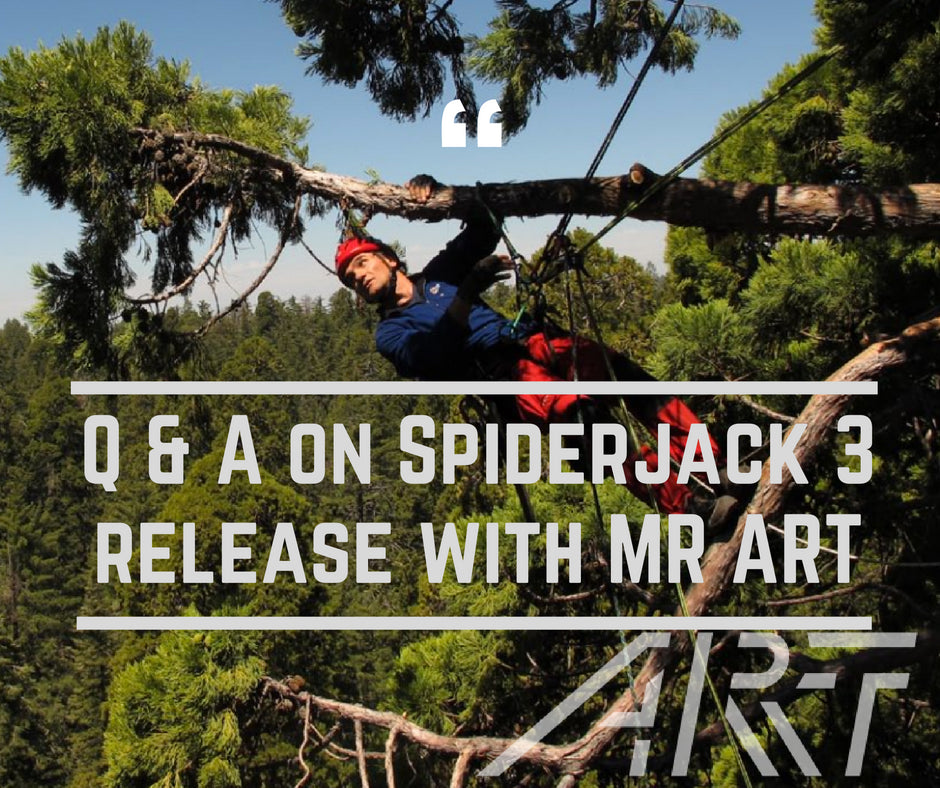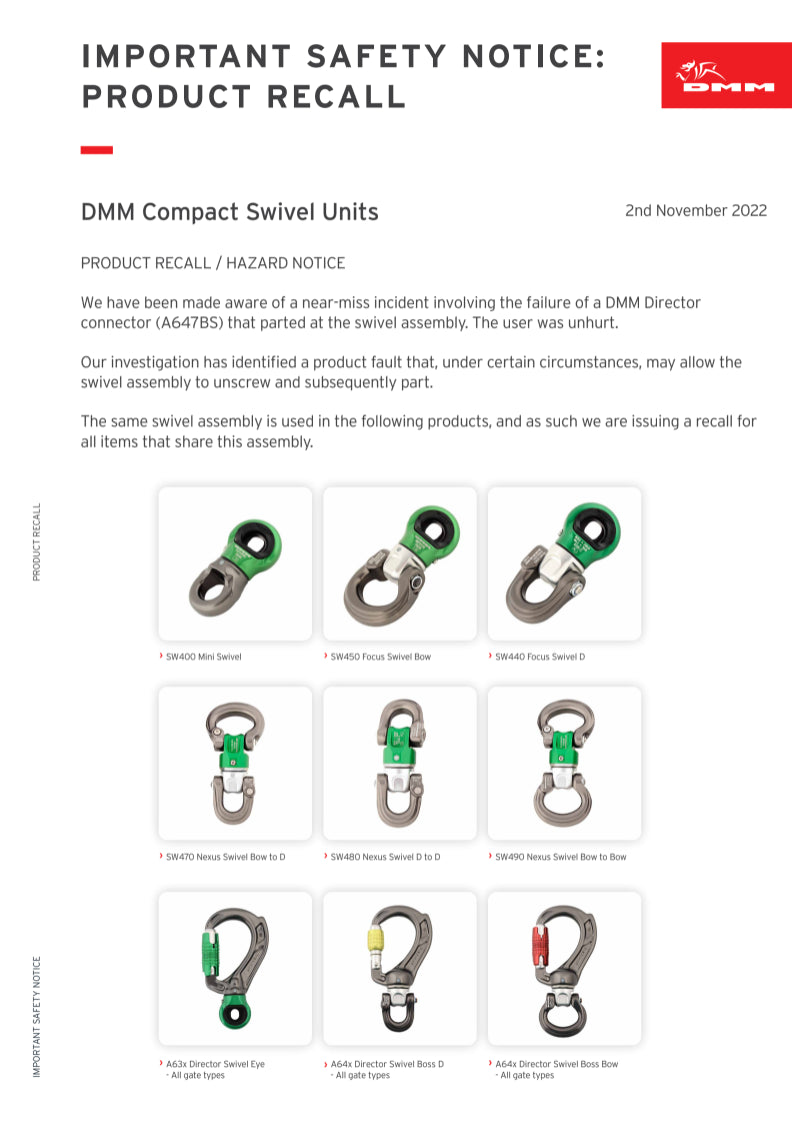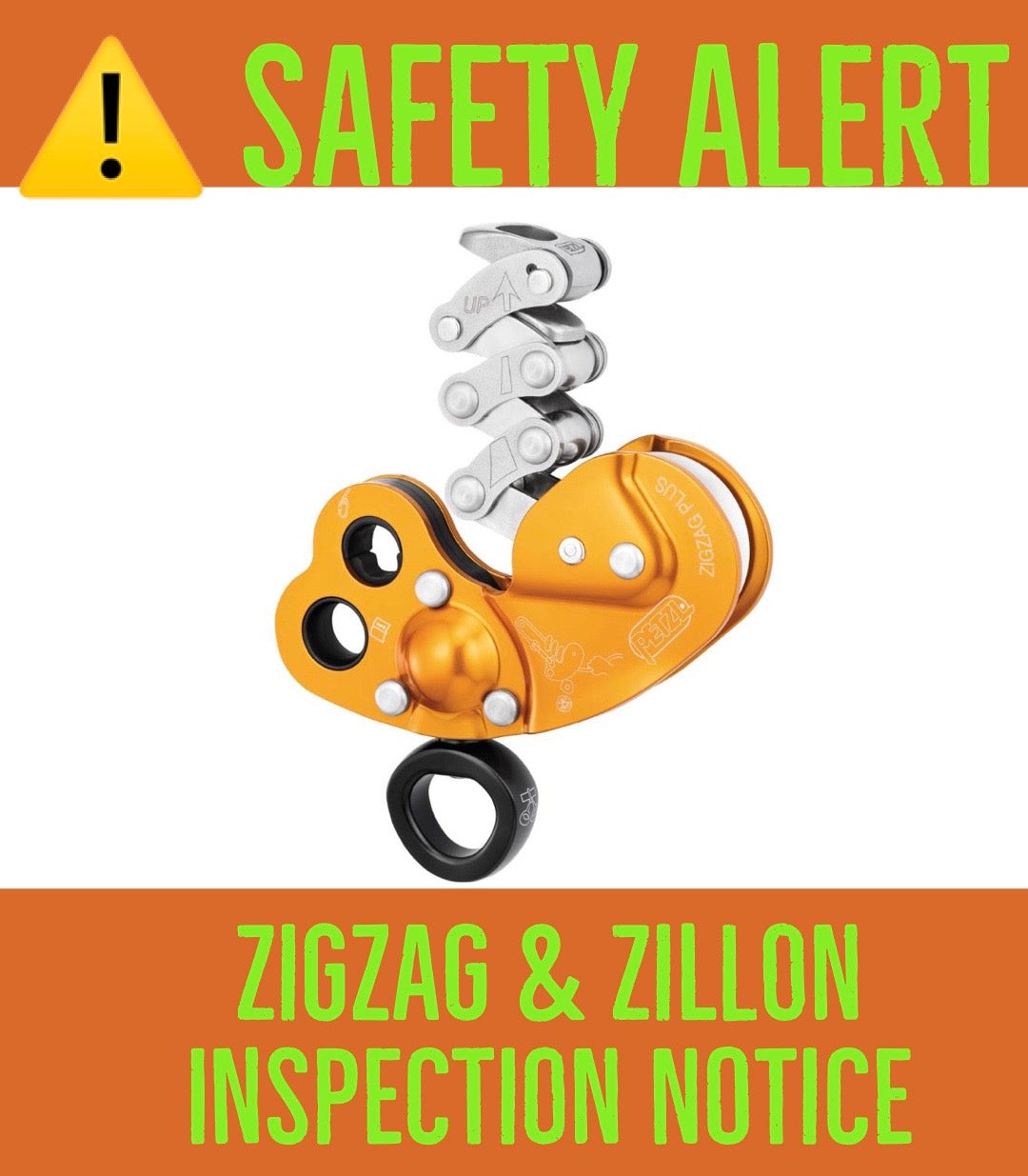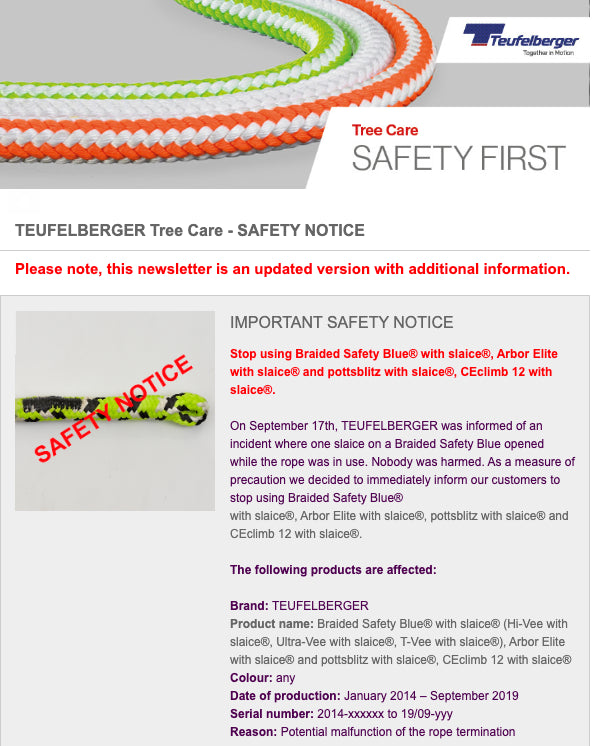

I know a lot of you are frothing for the new Spiderjack 3 and RopeGuide Twinline from ART to be released. No one wants to be a gear-tease, so we thought we'd let Hubert from ART explain what's behind the hold ups. I think you'll agree it will be worth the wait for what will be a better product.
SpiderJack 3 and RopeGuide TwinLine: an Interview with Hubert Kowalewski
Hubert Kowalewski is a progressive thinker, developer, and owner of Advanced Ropeclimbing Technology, for short ART. He regularly inspires the arborist scene with his new and innovative developments. The recently announced SpiderJack 3 and RopeGuide TwinLine are also causing quite a stir. Following the unfortunate delay in delivery, Hubert talked to us about the background and improved features of the devices.
Kowalewski: “Hoping that my reasons are understandable!”
Q: Hello Hubert. Unfortunately, the delivery of the SpiderJack 3 and RopeGuide TwinLine has been delayed. First of all, I’m sure you want to share some words with the customers.
Kowalewski: I would like to apologize to the purchasers for the delayed delivery of the SpiderJack 3 and RopeGuide TwinLine. If one decides to order a product and is willing to spend money on it, one has every right to expect a speedy delivery. However, I hope that the reasons are not only understandable, but also create a sense of joyous anticipation for the products that will soon be arriving.
Q: The serial production of the SpiderJack 3 was already running. Why did you have to interrupt it once again at this point?
Kowalewski: The sample devices which I handed out in order to gain practical experience received very good evaluations after only a few weeks. The necessary tests at the certification body also proceeded smoothly. The SpiderJack 3 video was therefore shot in Australia under the direction of Joe Harris (vice world champion with the SpiderJack 2.1). Barton Allen Hall became vice world champion 2016 with the SpiderJack 3 from the sample series.
This amazing video as well as the outstanding second-place position triggered a large wave of orders. Thus, I ordered important components of the first series from the manufacturers.
However, I was informed one day that a sample SpiderJack 3 had left unusually clear signs of abrasion on a new tree-climbing rope.
Q: A report which you took seriously. What steps did you take first after learning about this problem?
Kowalewski: I immediately carried out my own tests again with different ropes. I discovered that certain ropes with particularly delicate fibers showed more abrasion. This was quite different from what I was used to with the SpiderJack 2 and 2.1. After detailed examinations and considerations, I realized that the cause was the considerably narrower brake wood on the SpiderJack 3.
Q: Which improvements did you have to make to counteract the higher abrasion?
Kowalewski: The wooden brake had to be three millimeters wider to better protect the rope. This insight resulted in the wood brake, the wood brake bearing, the device corpus and also the frame needing to be three millimeters wider. I decided to scrap the components that were already paid for and stored, to revise the construction drawings and to order new samples.
Afterwards, I retested the SpiderJack 3 at the certification body. On this occasion, the upper carabiner attachment was strengthened and equipped with an anti-twist protection. Of course, such an adjustment not only requires more money and labor, but also time. Unfortunately, the production and delivery of the new components also took weeks. Finally, the SpiderJack 3 will launch later than anticipated but in its best version for the market and the customers.
Q: Let us now turn to the RopeGuide TwinLine, a device that offers many advantages and features. What caused the delay in the delivery of the new RopeGuide?
The first sample devices were also positively assessed during testing period. This alone is a sufficient reason as the cambiumsaver is the very first device to be installed and removed easily and securely from the ground. At the same time, the long anchor rope could be used by a second climber or provide a second access line for rescues. A short anchor line with a flexible spliced eye (SpliceAnchor) would also be an alternative.
For this new ART product, Joe Harris, Barton Allen Hall, Kiah Marti and I have also shot and uploaded a video which can be found on my YouTube page “hightreeclimbingart”.
Since the RopeGuide TwinLine is of interest to the SRT climbers, I wanted to acquire the certification for the static ropes which are also very popular with the SRT climbers. The ZipAbsorber, which is installed as standard, is expected to remain under 6 kilonewton (kN) in the drop test (100kg/1 meter drop distance). All previous RopeGuide Versions have so far been used in combination with climbing ropes according to EN 1891 (standards) which have a certified and defined drop shock load reducing effect. During the first test the figure of the shock load was unfortunately around 6,7 kN. I did not want to abandon the goal of also using static climbing ropes, so I have been searching for a possibility to reduce the shock load.
Q: How could you reduce the shock load?
I could reduce the resistance of the original ZipAbsorber with a modified suspension at the device corpus. During a new official test the shock load was around 5,6 kN. The goal has been achieved. The SRT climbers are officially allowed to use a static rope, if they anchor in the RopeGuide TwinLine.
However, we had already produced and paid for the first series of the RopeGuide TwinLine devices. Fortunately, I did not have to get rid of them. We could render them operational with a precise CNC controlled reworking.
Q: Have there also been any practical experiences with the RopeGuide TwinLine which delayed its delivery?
Kowalewski: Yes. Unfortunately, I was informed about three problems with the final RopeGuide version.
1. While climbing with the running double rope (DRT) and a flat rope angle, occasionally the Trapeze shackle would snap into the Cocoon.
2. The Trapeze sometimes snapped onto the second rope strand due to as of yet unexplained circumstances.
3. The little snap carbine for connecting the Ally pulley sometimes twisted and canted.
Q: How could you eliminate these problems?
Kowalewski: Concerning the first disadvantage, I integrated a spring steel sheet into the cover of the ZipAbsober. This spring steel sheet (0,5mm) ensures that the Trapeze shackle will be constantly pushed aside by the Cocoon.
To counteract the second problem, I also added a small spring steel sheet (0,3mm) to the Trapeze shackle which ensures that the opening resistance of the trap is increased from around 400g to 1500g without affecting the practical snap function.
All of these changes, modifications and reworking also took up time, labor and money. This caused additional delays concerning the production and delivery of new components.
Q: In spite of the delays, what is the advantage for the customers?
The RopeGuide TwinLine will be delivered in its best possible version, with an array of possible applications and features.
Q: And our final question: Your devices are more than popular with many tree-climbers. Where did you get your passion for perfecting the devices down to the very last detail?
Kowalewski: My greatest pleasure is to see the excited faces of tree-climbers obviously enjoying tree climbing with ART products.
Thank you very much for your answers!






